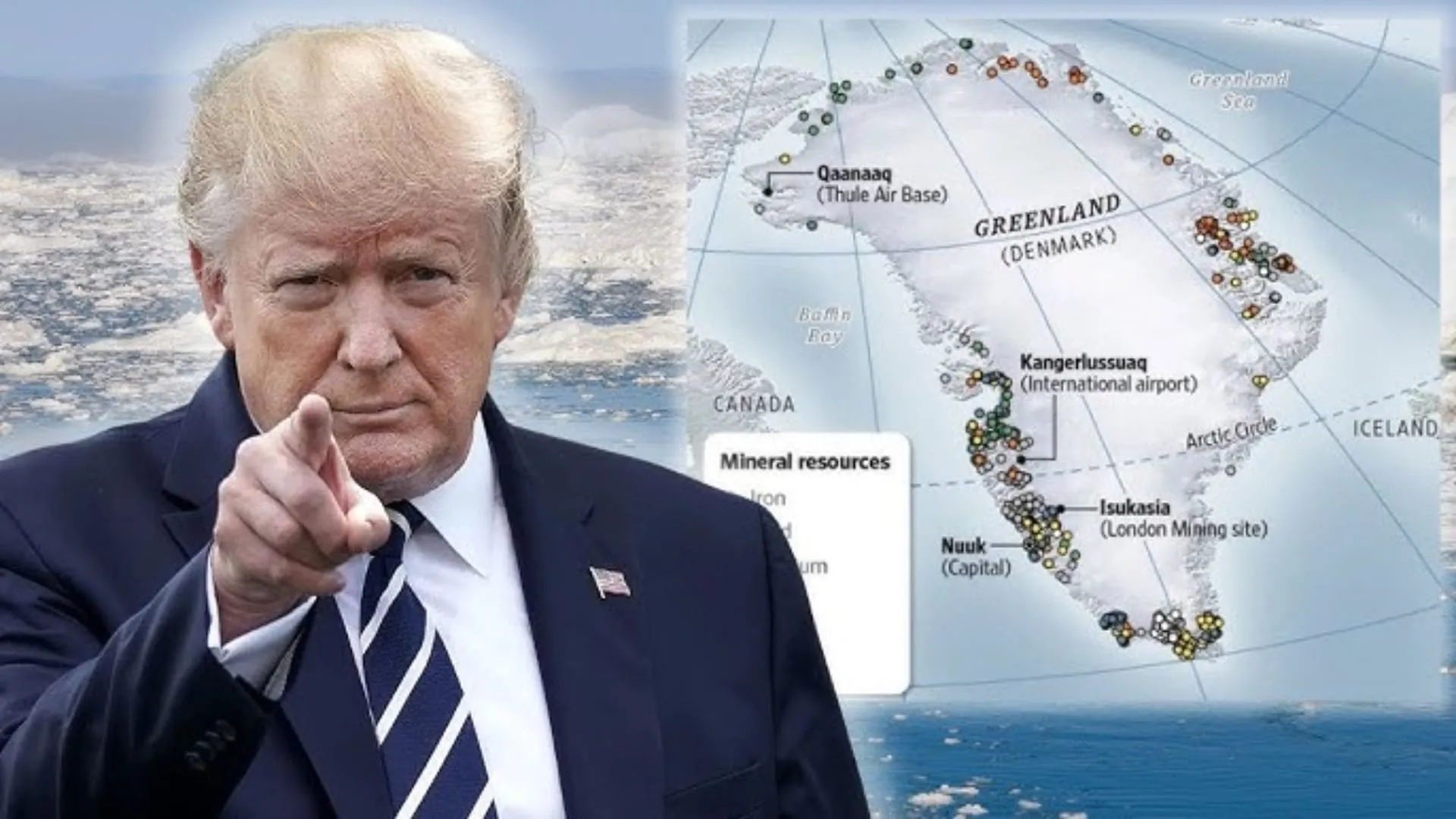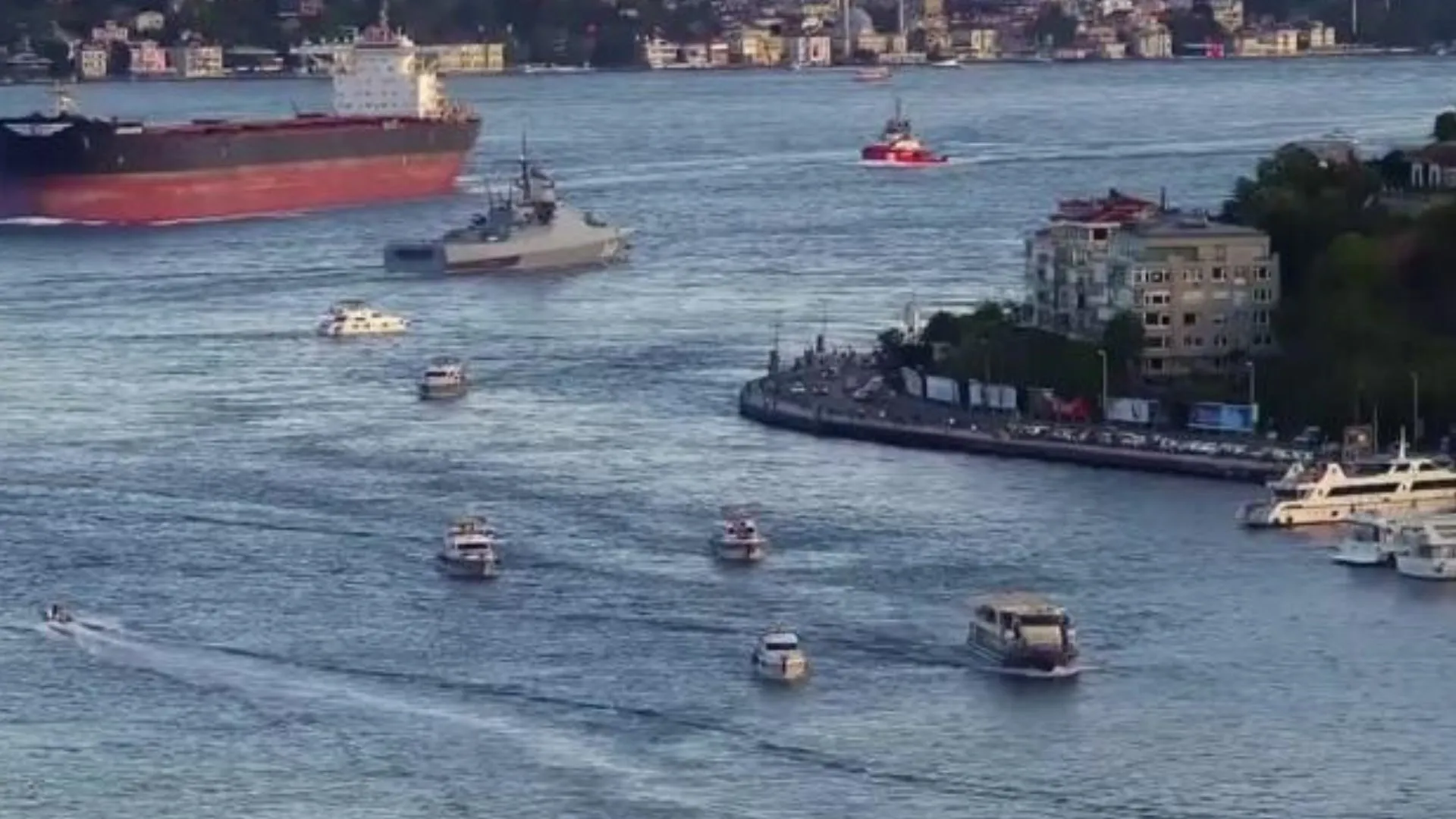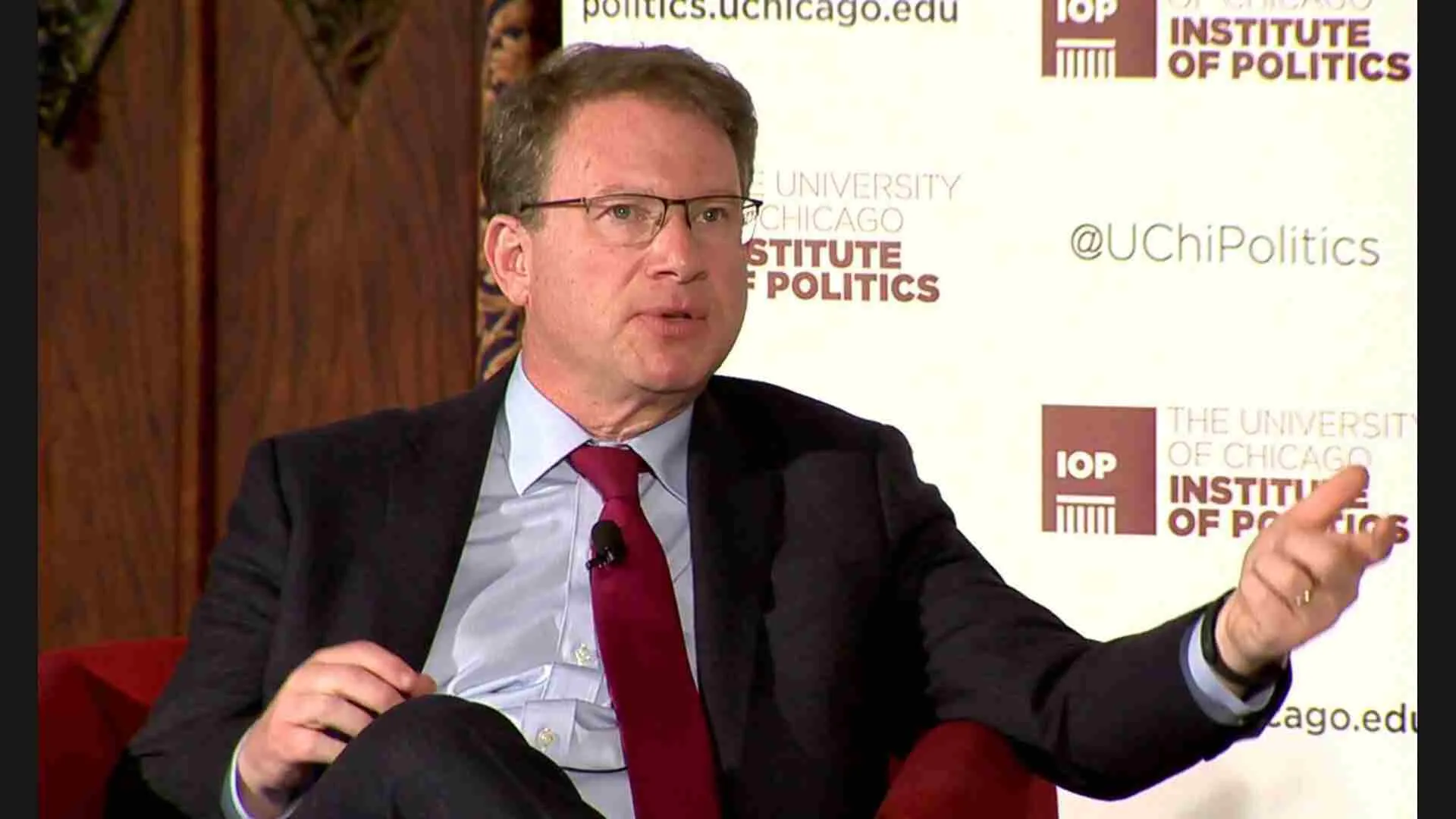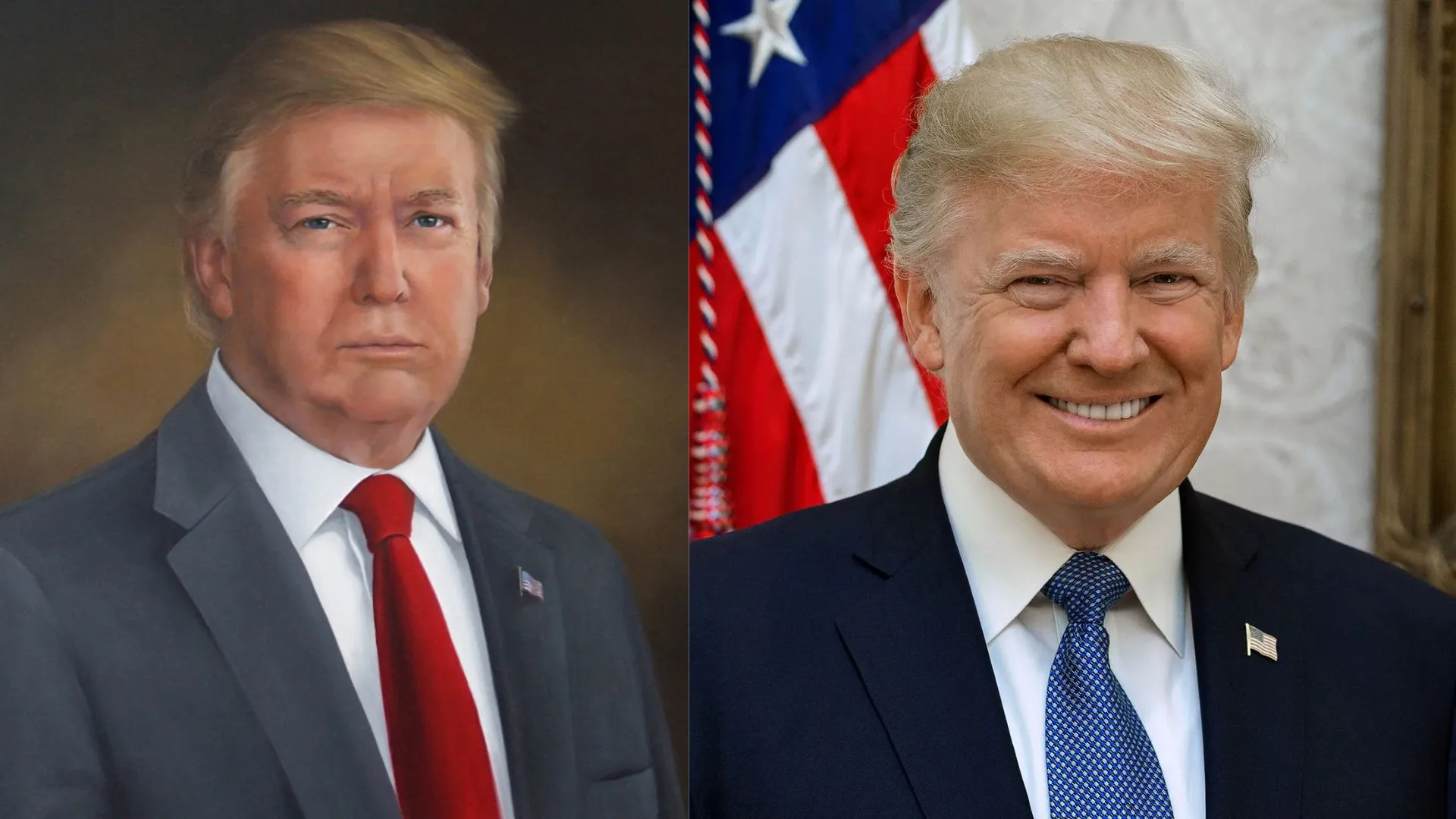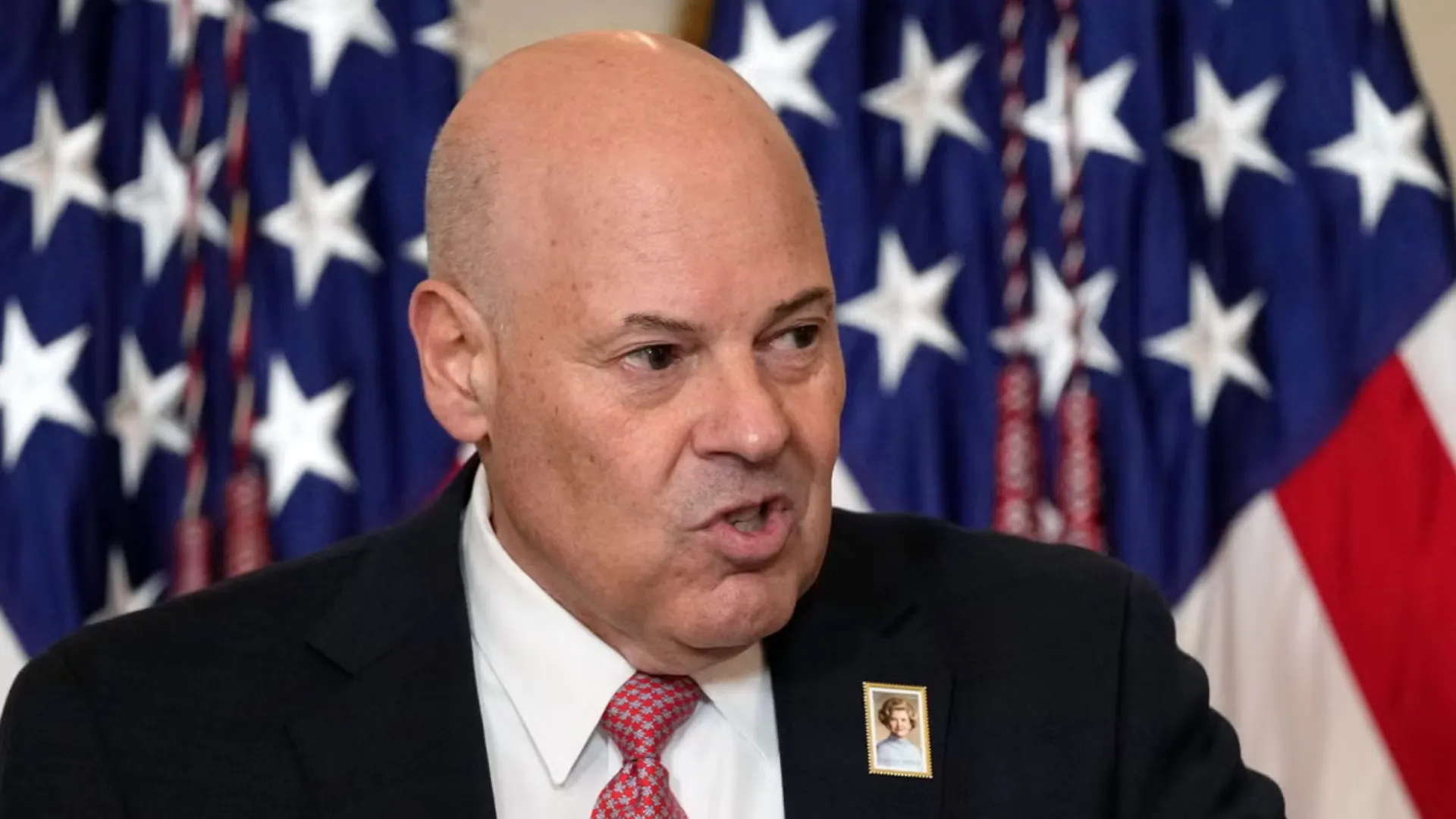In a significant policy shift, President Joe Biden has authorized Ukraine to use U.S.-supplied long-range Army Tactical Missile Systems (ATACMs) for strikes deeper inside Russian territory. This move, aimed at bolstering Ukraine’s defense efforts, comes amidst growing tensions with North Korea’s involvement in the conflict.
Why the Decision Now?
For months, Ukrainian President Volodymyr Zelenskyy urged the U.S. to lift restrictions on striking deeper into Russia, citing the need to protect Ukrainian cities and infrastructure. Until now, Biden resisted, fearing escalation that could draw NATO into direct conflict with Russia.
However, the game changed with the deployment of 12,000 North Korean troops to Russia’s Kursk border region. These troops aim to assist Moscow in reclaiming territory lost to Ukraine. North Korea has also supplied Russia with substantial munitions, further straining the balance of power.
Rising Geopolitical Tensions
The introduction of North Korean forces marks a significant shift, as Russia gains momentum in its counteroffensive. The U.S. and its NATO allies view this development as a critical juncture.
Former President Donald Trump, set to take office in January, has expressed skepticism about continued U.S. support for Ukraine. Trump has also hinted at pushing for a negotiated settlement, potentially requiring Ukraine to cede land to Russia.
U.S. Support Amid Growing Pressure
Since the start of Russia’s invasion in February 2022, the U.S. has provided over $56 billion in security assistance to Ukraine. Despite initial hesitations, the Biden administration gradually agreed to supply advanced weapons like tanks, Patriot systems, and now, long-range ATACMs.
While cautious, the U.S. decision to approve these missiles reflects growing concerns about Ukraine’s ability to sustain its defense, especially as the war’s dynamics shift.
Looking Ahead
The Biden administration’s move signals a commitment to Ukraine’s defense, even as geopolitical complexities mount. With Trump’s upcoming presidency and North Korea’s active involvement, the international community watches closely for how these developments will shape the war’s trajectory.


